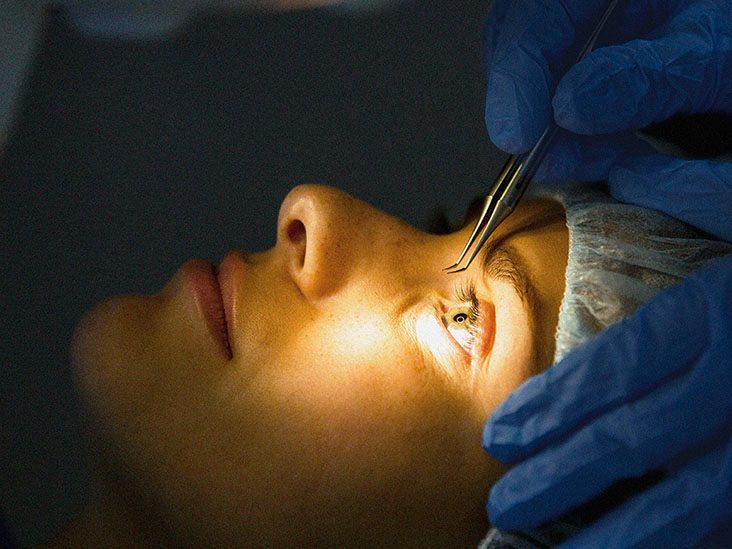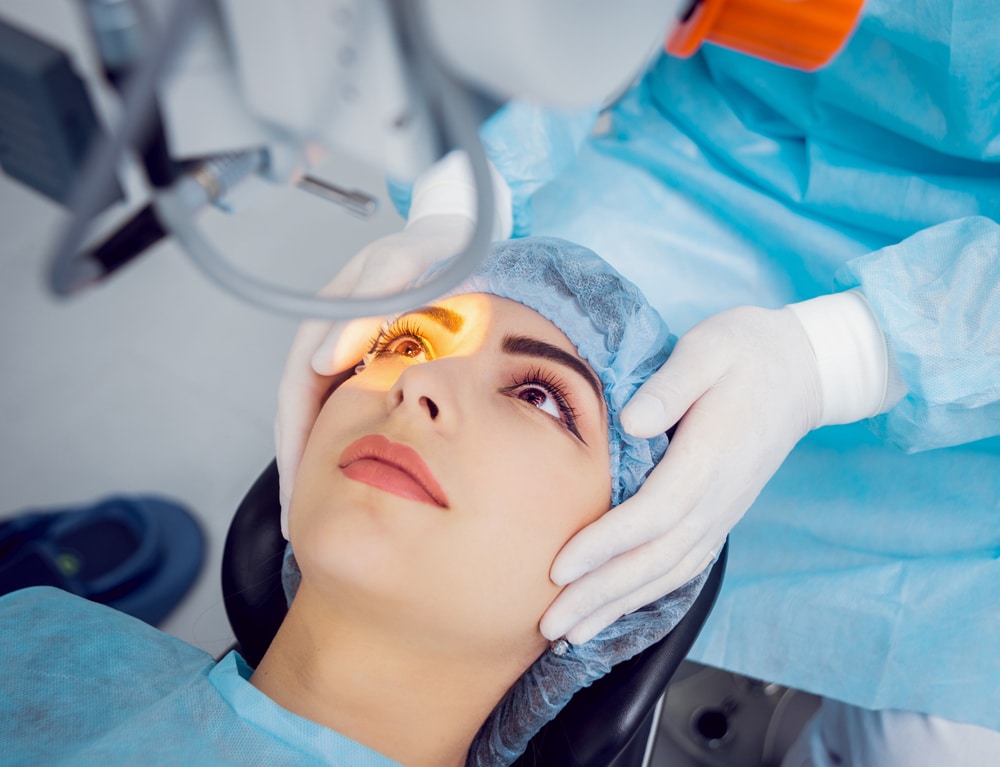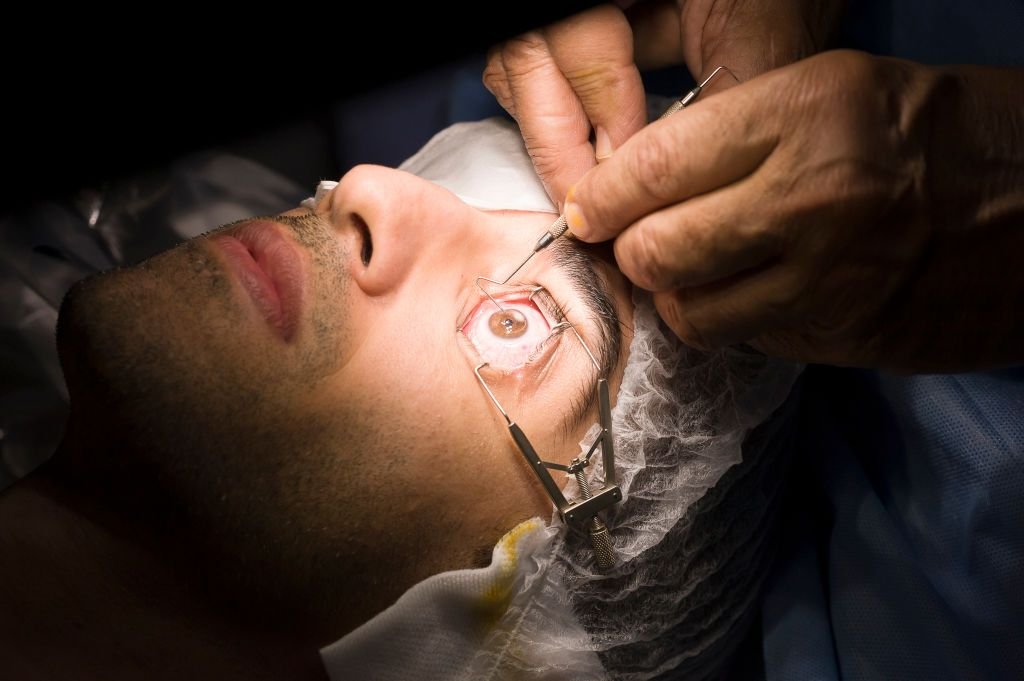Committed Ophthalmologist Providers Available in Tallahassee
Wiki Article
A Thorough Take A Look At the Different Eye Surgical Procedure Procedures Offered by Skilled Optometrist
In the world of ophthalmology, the landscape of eye surgical treatment procedures used by proficient eye physicians is as diverse as it is progressed. From the widely identified LASIK eye surgical treatment to the much less familiar refractive lens exchange, each treatment holds the pledge of vision improvement and improvement.
LASIK Eye Surgical Procedure
The accuracy of LASIK eye surgery offers clients a transformative service for vision correction offered by proficient optometrist. LASIK, which represents Laser-Assisted Sitting Keratomileusis, is a preferred refractive surgical procedure that improves the cornea to attend to typical vision issues such as farsightedness, astigmatism, and nearsightedness. This outpatient treatment uses an extremely specialized laser to precisely remove tiny quantities of tissue from the cornea, enabling improved concentrating power and more clear vision without the need for glasses or get in touch with lenses.During the LASIK procedure, the eye doctor produces a slim flap on the cornea utilizing a microkeratome or a femtosecond laser. With its high success price and fast recovery time, LASIK eye surgical treatment has come to be a trusted approach for achieving long-term vision enhancement (Ophthalmologist Tallahassee).
PRK Procedure
An extremely reliable option to LASIK eye surgical procedure is the PRK procedure, recognized for its successful results in vision correction. PRK, or Photorefractive Keratectomy, is a type of refractive surgical procedure that reshapes the cornea to remedy refractive mistakes such as farsightedness, astigmatism, and nearsightedness.Throughout the PRK procedure, the external layer of the cornea, called the epithelium, is eliminated to access the underlying corneal cells. Unlike LASIK, which creates a flap in the cornea, PRK directly improves the surface of the cornea. Tallahassee Ophthalmologist. This makes PRK an ideal option for clients with slim corneas or various other corneal abnormalities that might prevent them from going through LASIK
Complying with the removal of the epithelium, an excimer laser is made use of to form the cornea to the wanted shape, fixing the refractive error. The epithelium regrows normally over a couple of days after the treatment. While the recuperation time for PRK is typically longer contrasted to LASIK, many clients accomplish outstanding visual results with this procedure. PRK is a efficient and risk-free choice for individuals seeking to reduce or eliminate their dependence on corrective lenses.
Cataract Surgery
Cataract surgery is an usual treatment executed to get rid of the gloomy lens of the eye and replace it with a clear synthetic lens. This surgery is typically done on an outpatient basis and is very effective in bring back vision. The cloudy lens, which is referred to as a cataract, develops slowly and can cause obscured vision, problem seeing at night, and level of sensitivity to light.Throughout the cataract surgery treatment, the eye doctor makes a small laceration in the eye and utilizes ultrasound modern technology to separate the cloudy lens. The fragmented lens is after that carefully suctioned out, and an artificial intraocular lens (IOL) is put in its location. This IOL aids to concentrate light onto the retina, improving vision.
People going through cataract surgical procedure are generally awake during the treatment, which usually lasts around 15-30 minutes. Healing time is relatively fast, with many people discovering boosted vision within a few days. It is important to comply with post-operative treatment directions given by the eye cosmetic surgeon to make certain ideal recovery and vision outcomes.
Refractive Lens Exchange
Refractive Lens Exchange, additionally referred to as lens substitute surgical treatment, is a procedure that includes getting rid of the eye's natural lens and changing it with a fabricated lens to fix vision troubles. This surgical method is largely used to treat presbyopia, severe hyperopia (farsightedness), and various other refractive mistakes that can not be sufficiently resolved with traditional techniques like glasses or call lenses. Throughout the procedure, the natural lens is normally changed with a premium intraocular lens (IOL) that can deal with refractive errors and, sometimes, also protect against the development of cataracts in the future. Refractive Lens Exchange is thought about a risk-free and reliable option for individuals seeking to minimize their dependancy on rehabilitative eyewear and improve their overall high quality of vision. By seeking advice from an experienced optometrist, individuals can establish if they are ideal prospects for this kind of surgery and discuss the potential benefits and risks associated with the procedure.Corneal Transplant
Having actually resolved refractive errors through treatments like lens substitute surgery, knowledgeable ophthalmologist likewise provide corneal transplants as a solution for particular eye conditions. A corneal transplant, also referred to as corneal grafting, includes replacing a harmed or diseased cornea with a healthy and balanced contributor cornea to enhance vision. This treatment is typically recommended for individuals with problems such as keratoconus, corneal scarring, corneal ulcers, or corneal thinning.Throughout a corneal transplant, the ophthalmic cosmetic surgeon removes the main section of the damaged cornea and replaces it with a donor cornea that is carefully matched for shapes and size. There are various kinds of corneal transplants, including penetrating keratoplasty, where the whole density of the cornea is changed, and partial density transplants like Descemet's stripping computerized endothelial keratoplasty (DSAEK) or Descemet's membrane endothelial keratoplasty (DMEK), which replace just the inner layers of the cornea.

Final Thought

In the world of ophthalmology, the landscape of eye surgery treatments supplied by competent eye physicians is as varied as it is progressed.The accuracy of LASIK eye surgical treatment uses clients a transformative option for vision modification offered by experienced eye medical professionals.Refractive Lens Exchange, likewise known as lens substitute surgical treatment, is a procedure that includes getting rid of the eye's all-natural lens and changing it with an artificial lens to deal with vision problems.Having actually attended to refractive mistakes through procedures Tallahassee Eye Doctors like lens substitute surgery, competent eye doctors likewise supply corneal transplants as an option for particular eye conditions.In conclusion, experienced eye physicians use a range of eye surgical treatment treatments consisting of LASIK, PRK, cataract surgery, refractive lens exchange, and corneal transplant.
Report this wiki page